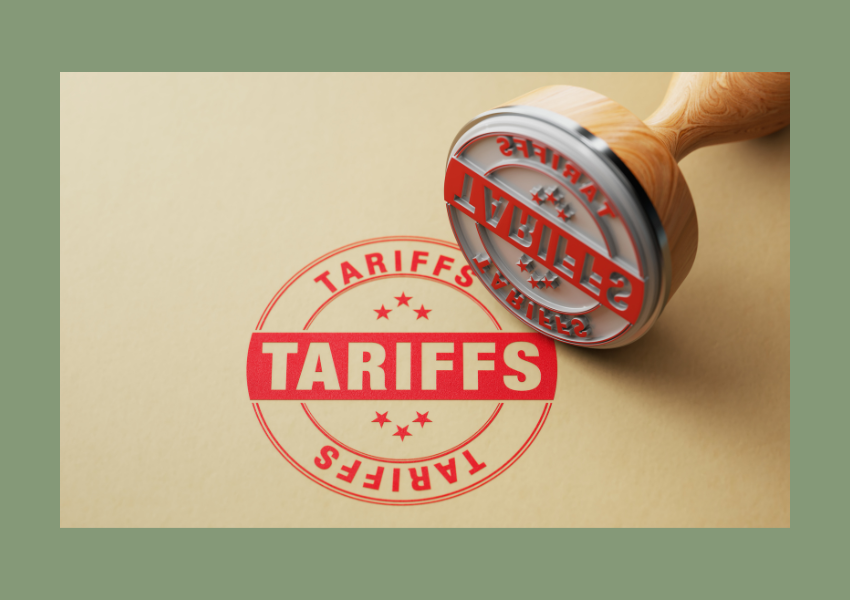What Tariffs Mean for Small Brands (And What You Can Do About It)

As a small brand, every dollar counts—especially when you’re importing raw materials, finished goods, or packaging from abroad. But with shifting global trade policies, new or increased tariffs can sneak up and cut into your profits fast.
If you’re not already keeping tabs on how tariffs affect your bottom line, now’s the time to start. Here’s what you need to know—and how to stay ahead.
What Are Tariffs, and Why Do They Matter?
Tariffs are taxes placed on goods imported from other countries. When they go up, so do your costs. For smaller brands, this can be a real game changer, especially when margins are already slim.
Ignoring them can lead to sudden, unexpected expenses that hurt your cash flow, impact your pricing strategy, and affect your competitiveness in the market.
How Tariffs Impact Your Brand
- Higher Cost of Goods Sold (COGS): Increased import fees shrink your profit margins if you don’t adjust your pricing.
- Cash Flow Pressure: New tariffs create sudden cost spikes—and small brands often don’t have the buffer bigger companies do.
- Pricing Challenges: Raising prices to compensate can risk alienating price-sensitive customers.
- Competitive Disadvantage: Larger brands can often absorb costs or negotiate better rates, leaving small brands squeezed out.
What You Can Do
1. Adjust Pricing Thoughtfully
Test small, strategic price increases and reinforce your brand’s value through messaging about quality, ethics, craftsmanship, or uniqueness. If appropriate, reposition your product as premium to strengthen perceived value.
2. Be Transparent with Customers
If you must raise prices, be upfront about why. Customers increasingly value honesty around supply chain challenges and global trade shifts—and many are willing to pay more when they understand the story.
3. Reassess Your Supply Chain
Explore domestic suppliers, diversify your sourcing, or look for countries with more favorable trade agreements. Negotiating better terms with existing suppliers can also help share the tariff burden.
4. Optimize in Other Areas
Find savings elsewhere—streamline your packaging, renegotiate logistics contracts, or improve operational efficiency to help offset rising costs.
5. Consolidate Orders
Larger, less frequent shipments may lower your per-unit shipping and tariff costs. Collaborate with other small brands to bundle shipments if possible.
Tools + Resources to Help Navigate Tariffs
- Duty calculators to estimate fees in advance (like SimplyDuty or Easyship)
- Trade compliance platforms that monitor tariff changes and provide updates
- Government resources (like your country’s trade department or customs agency) for real-time information
- Supply chain consultants who specialize in small brand logistics
Final Thought: Stay Proactive
Global trade regulations aren’t static—and neither should your strategy be.
While you can’t always avoid tariffs, you can prepare by staying informed, knowing your Harmonized System (HS) codes, and building flexibility into your sourcing and pricing models.
The good news? As a smaller brand, you’re agile. That’s your superpower. Use it to adapt faster, negotiate smarter, and stay one step ahead.
